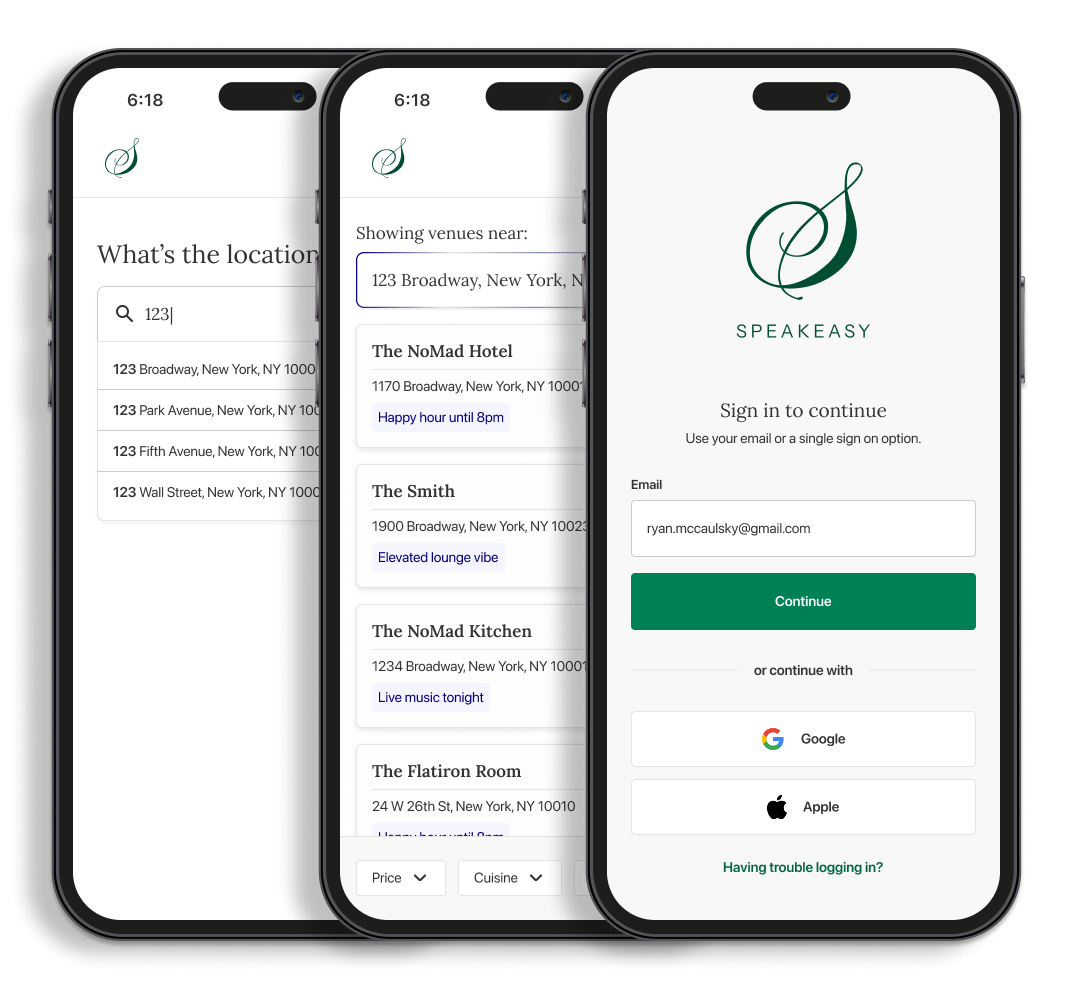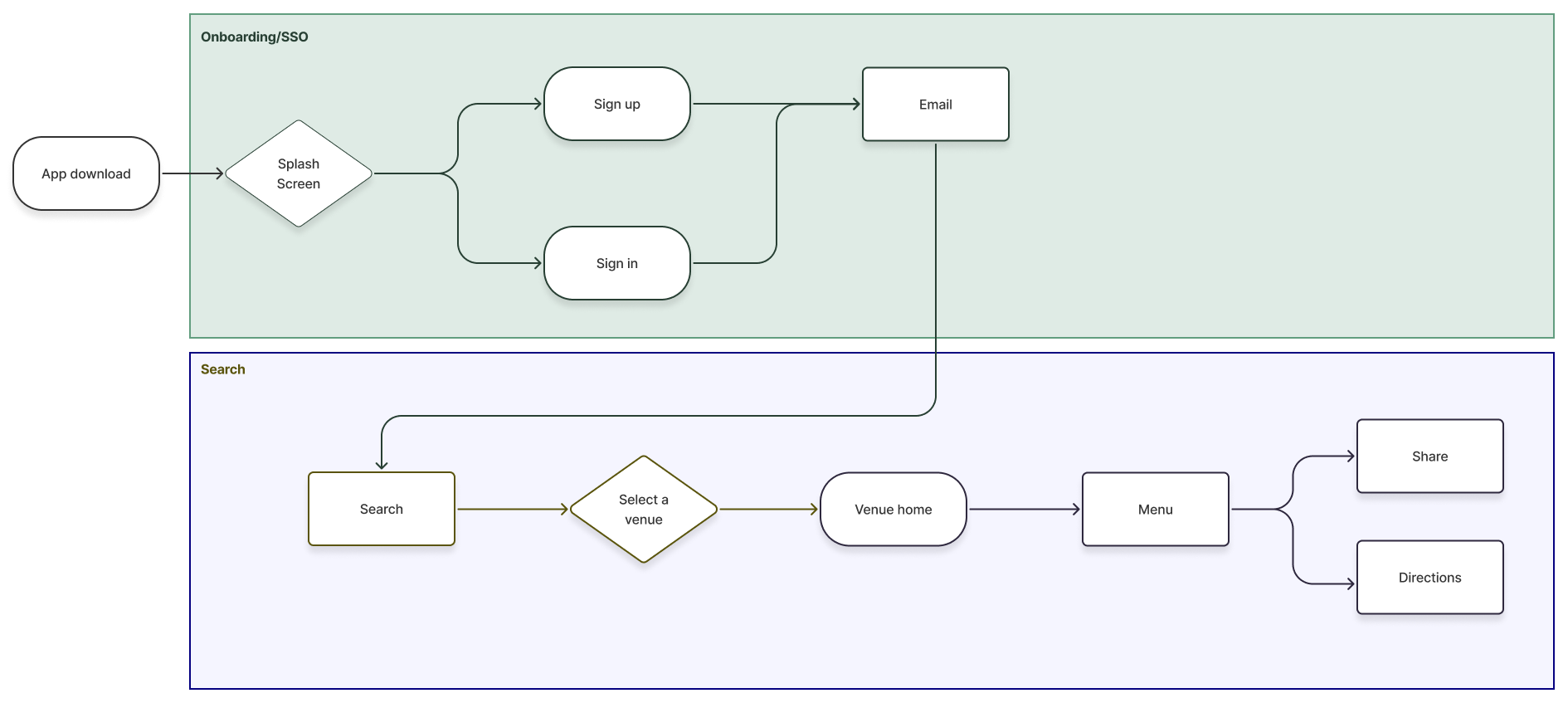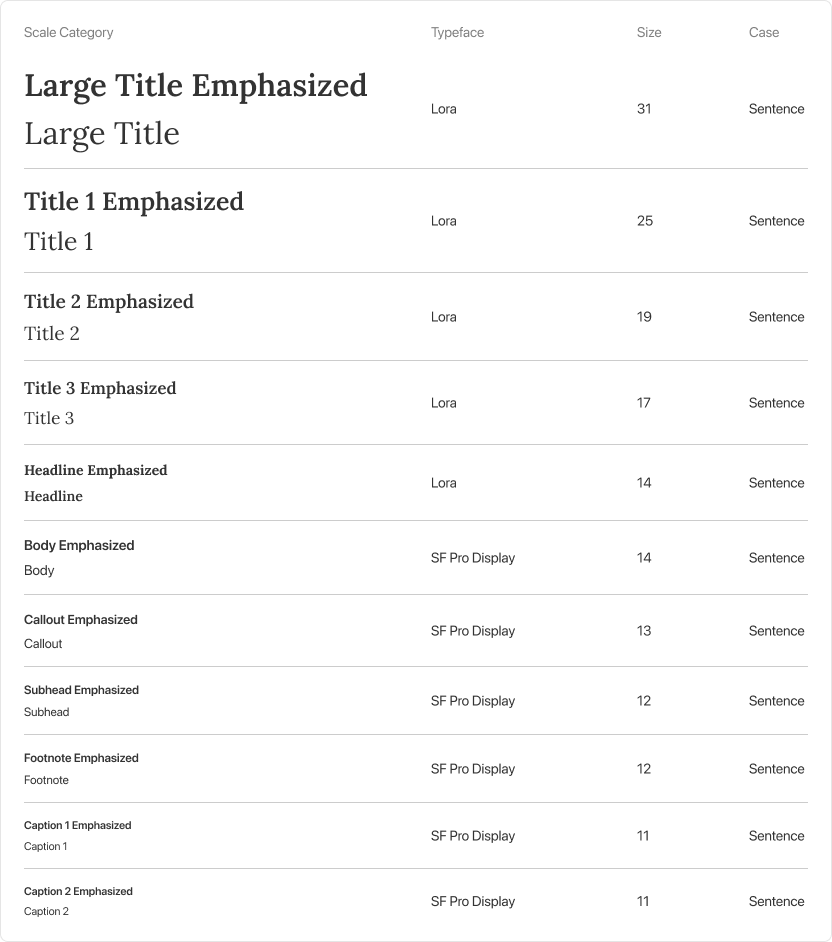Next steps toward market readiness
The bring Speakeasy closer to launch, the immediate step is leveraging AI to evolve the initial Figma Make build into a functional product foundation. This ensures that design intent translates seamlessly into working prototypes, accelerating iteration and user testing.
Feature Opportunities for an Enhanced Experience
From a design perspective, several features stand out as meaningful extensions of the core product. Each builds on the principle of creating a more engaging, feedback-driven dining experience:
Rate Your Server
Provide guests with a lightweight, human-centered way to recognize service quality. Designed thoughtfully, this feedback loop empowers staff while reinforcing accountability and hospitality.
Scan Your Receipt
A simple receipt-scanning interaction reduces friction for users and becomes a rich source of structured data for analytics. It also unlocks automation opportunities—tagging items, linking transactions, and reducing manual entry.
Rate Your Item
Item-level feedback creates a more granular dataset that can guide menu optimization. The UX should make this flow feel effortless—tapping into the immediacy of post-meal impressions rather than requiring long-form surveys.











